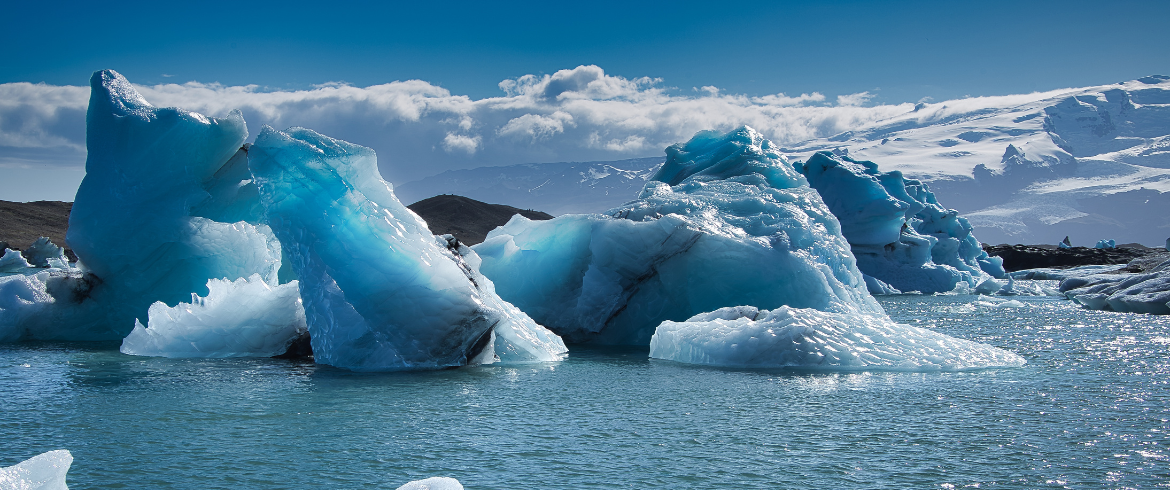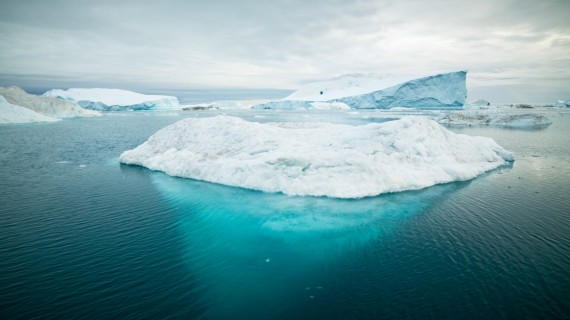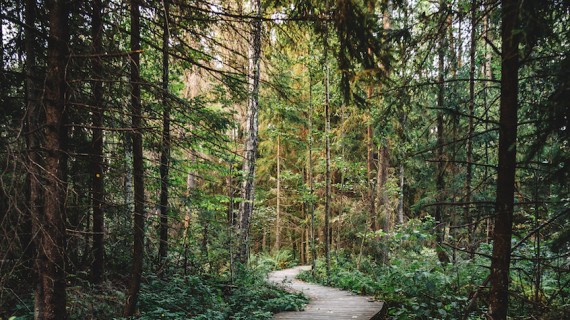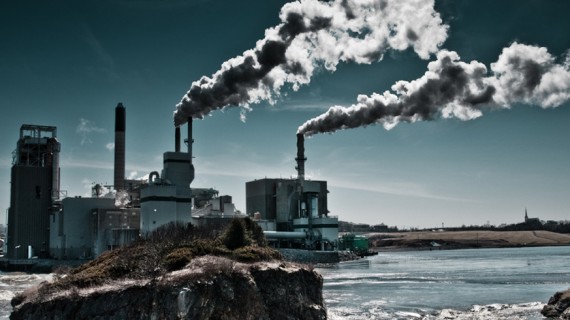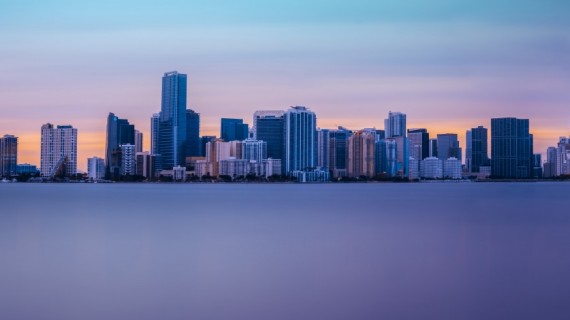Between wonder and unease, Salgado’s photographs reveal glaciers as we’ve never seen them: magnificent, fragile, endangered
Until September 21, 2025 at the Mart in Rovereto, and until January 11, 2026 at the Muse in Trento, visitors can explore a photographic exhibition that is much more than a display: it’s a call to action, a powerful visual testimony to the fragility of glaciers, one of the planet’s most precious — and vanishing — resources.
Glaciers: a threatened heritage
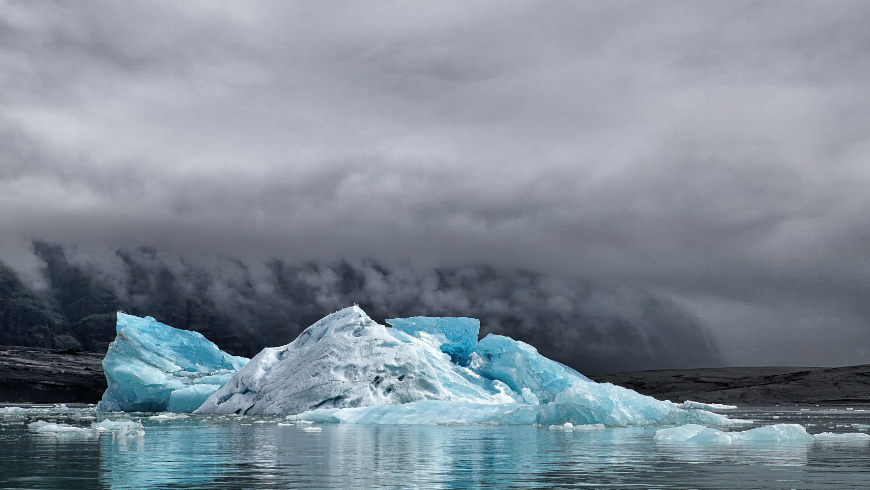
The exhibition, titled “Salgado. In the Realm of Glaciers”, is entirely devoted to the slow but relentless melting of ice. According to a 2021 study, the cryosphere — the part of the Earth’s surface covered by solid water — has been shrinking by about 87,000 square kilometers every year. To put it in perspective: an area the size of Portugal disappears annually.
When a glacier shrinks too much, it loses the ability to move — to flow — and eventually… it dies. A dramatic symbol of this phenomenon was the “funeral” of the Okjökull glacier, held in Iceland on August 18, 2019. Which one will be next?
Why an exhibition about vanishing glaciers?
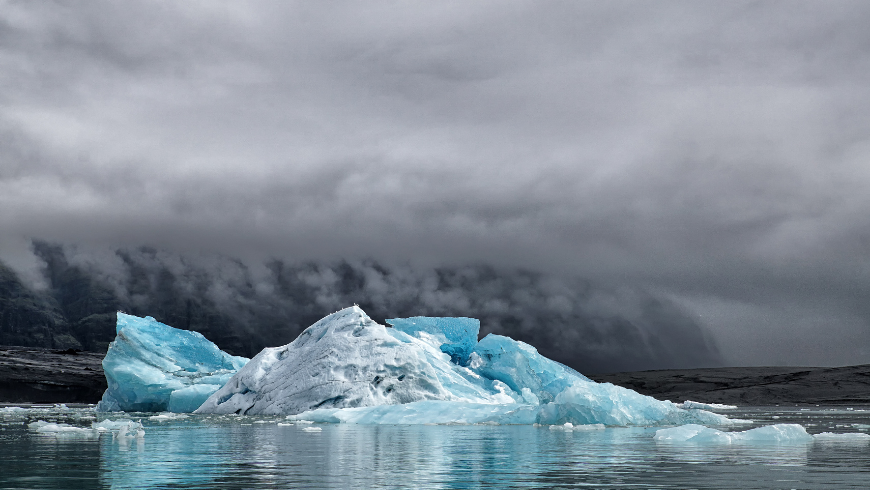
These are not new themes for Salgado, who since the 1970s has used photography to explore social and environmental issues in over one hundred countries worldwide.
The Brazilian photographer Sebastião Salgado (1944 – 2025) devoted most of his life to portraying the transformations of the Earth and its social and ecological crises through his lens. This exhibition also aims to document the threatened beauty of our planet — especially that of its glaciers.
The exhibition was conceived by the Trento Film Festival, curated by Lélia Wanick Salgado, and produced in collaboration with Contrasto and Studio Salgado. It is hosted:
- at the Mart in Rovereto (Museum of Modern and Contemporary Art) until September 21;
- at the Muse in Trento, in the striking “great void” designed by Renzo Piano, until January 11, 2026.
The exhibition experience
The exhibition features around sixty large-format black and white photographs, taken in remote corners of the world — Canada, Patagonia, the Himalayas, southern Russia, to name a few. These stunning images immerse us in pristine landscapes, captured through Salgado’s patient and attentive gaze.
The show takes place during the International Year of Glacier Preservation, highlighting the crucial role glaciers play in maintaining Earth’s climate balance.
Glaciers: climate sentinels
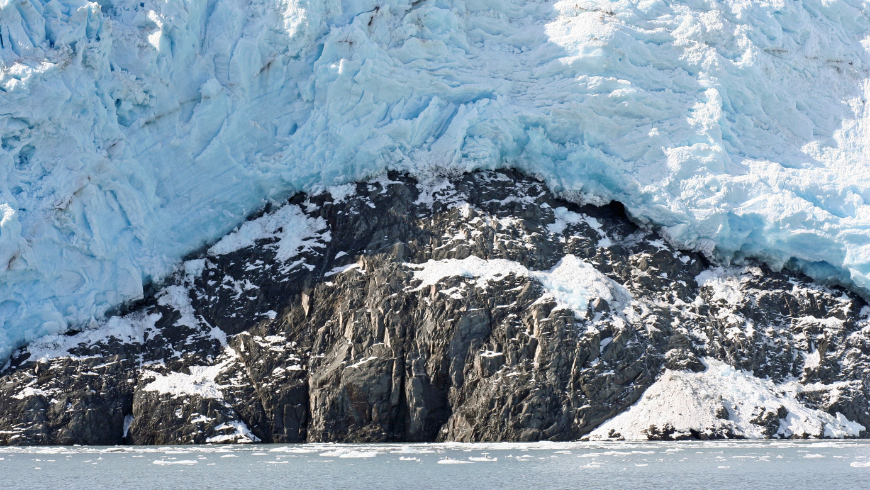
Why dedicate an entire exhibition to glaciers, which cover only about 10% of Earth’s surface? Because they are essential for the planet’s climate: they reflect sunlight, help regulate temperature, and serve as vast freshwater reservoirs. They are also true sentinels of climate change.
Unforgettable shots
There’s so much to say about this exhibition, but I’ll focus on the images that struck me the most:
- A giant iceberg drifting in the Weddell Sea (2005), sculpted by cavities and sharp edges, where the play of light and shadow emphasizes erosion.
- The Grey Glacier in Patagonia (2007), slowly breaking apart under climate pressure.
- A penguin diving off an iceberg in the South Sandwich Islands (2009), a symbol of life persisting.
- The gaze of a lone pigeon on the snow of Bellingshausen Island (2009).
- The flight of a condor over the Perito Moreno Glacier (2007), a suspended moment captured with infinite patience.
Salgado: photography as planetary exploration
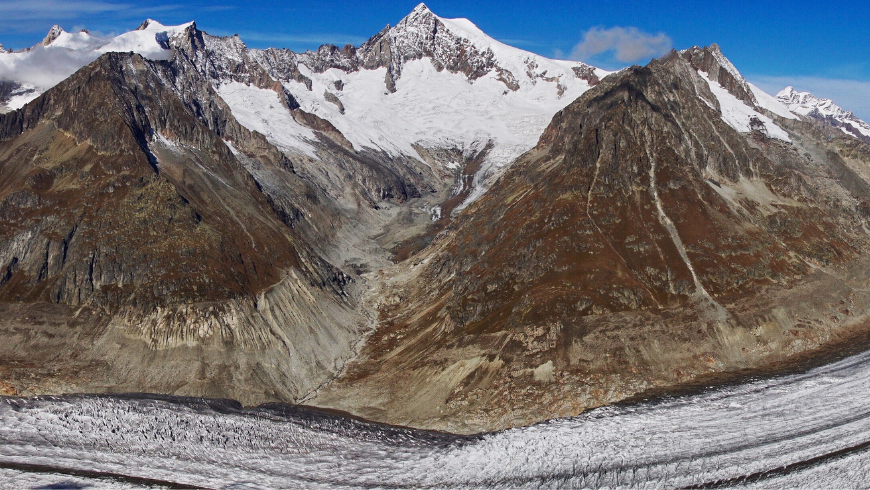
Salgado has always seen photography as a way to explore the world, more than simply document it. In his book “From My Land to the Planet“, he explains that he didn’t approach his work as a journalist or scientist, but as an explorer driven by deep respect.
“Planet Earth is a living being, and as such, it must be fully respected.”
Sebastião Salgado
Reversing course: the lesson from the past
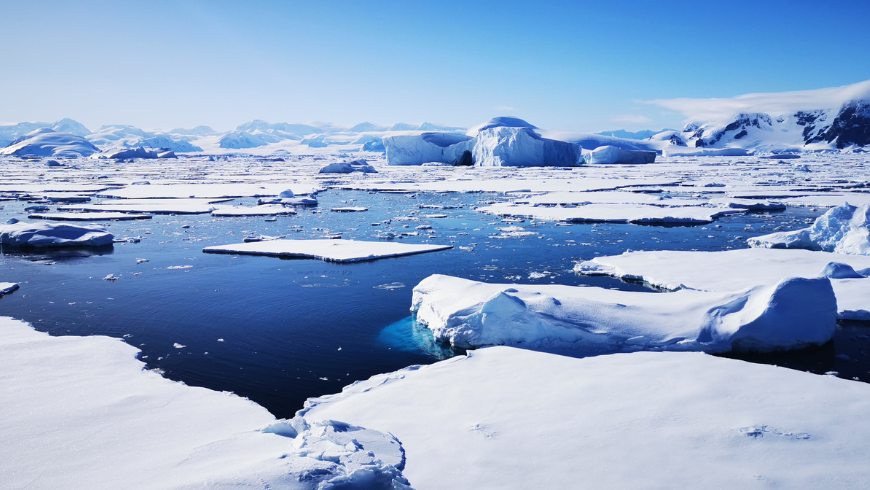
How can we reverse this trend? For Salgado, the answer lies not in the future, but in the past.
Ancient civilizations lived in harmony with nature, guided by their instinct — a faculty that, through urbanization, we have largely lost.
Instinct gives us the ability to sense and foresee changes — such as a shift in temperature — simply by observing animal behavior.
Reconnecting with this ancestral bond to nature could be the first step toward building a more sustainable future.
For more information about the exhibition:
Cover photo: Canva Pro
